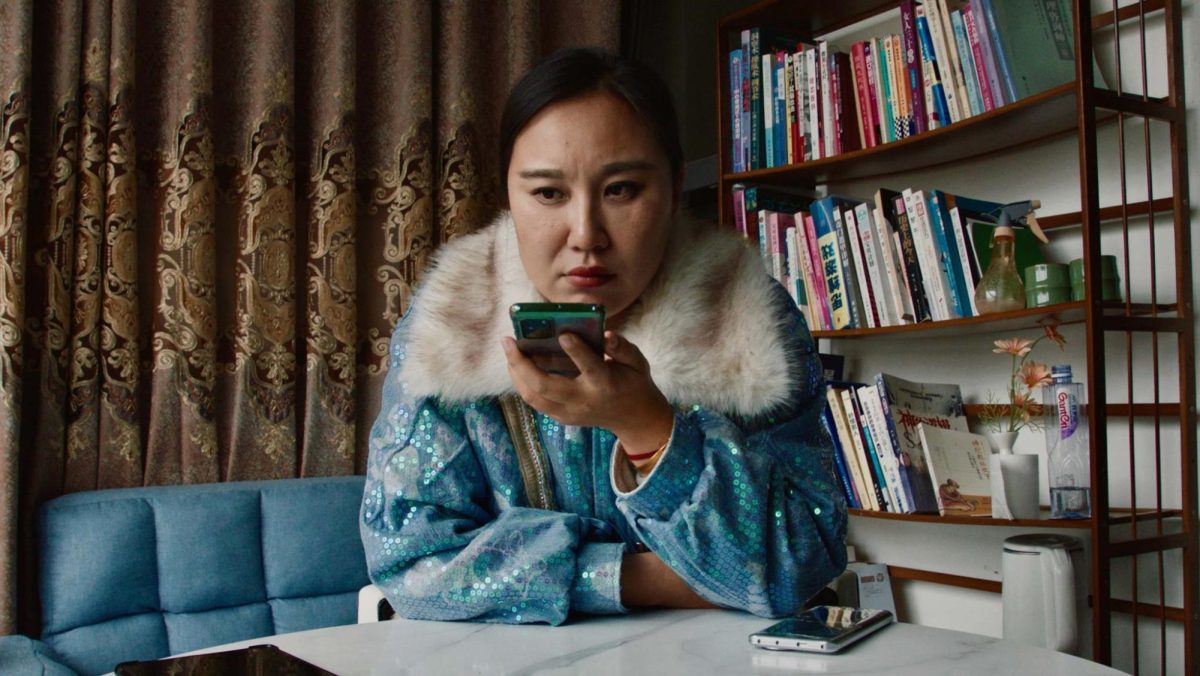Jordan Eagles, a Manhattan native and NYU alumnus, uses an unusual ingredient for his artwork: blood. On Sept. 5, Eagles opened his newest exhibition where each piece of art is made entirely from copper, resin and slaughterhouse-bought cattle blood at the Krause Gallery in Bowery, Manhattan. “Hemofields: A New Series of Multidimensional Works in Blood & Resin,” which will be on display until Oct. 16, demonstrates Eagles taking a new approach to defining his artistic niche for the last decade.
“Certain mediums give an energy that other materials just don’t have,” Eagles said. “Blood gives that energy.”
He discovered the source as a student in the Gallatin School of Individualized Study. While art always interested him, it was only after a philosophical debate with a friend about the meaning of life and the human body after death that he found his calling and decided to answer in blood.
“His work’s been extremely popular,” said gallery owner Benjamin Krause, who has been selling Eagles’ artwork for over five years. Selling prices for Eagles’ work range from $4,200 to $18,500.
Krause said Eagles allows “the medium to create for itself” and lets the blood react with the resin.
“He continues to reinvent himself,” Krause said. “‘Hemofields’ is all about time.”
It is this philosophical edge that has defined and motivated almost all of Eagles’ work. Eagles said he treats his medium with a certain reverence and respect as he tries to connect life and death.
“The world is created with the idea of destruction … and my work is trying to create something beautiful [out of that],” Eagles said.
But not all have shared this view. During a showing of Eagles’ artwork at a gallery in Hartford two years ago, animal rights activists started to protest.
“I can’t understand them,” Krause said. “He’s taking a waste product and giving it life.”
But Jeff Sebo, assistant professor of Environmental Studies at NYU, said he finds the exhibit ethically problematic and compared it to eating meat or wearing leather.
“We need to get rid of the idea that all is fair in love and war and art,” Sebo said. “We have an obligation not to cause unnecessary suffering in nonhuman animals.”
Gallatin freshman Hannah Cohen had mixed views about the use of animal blood in artwork.
“I find what the artist is doing pretty interesting, but [he’s] trying too hard to be controversial.” Cohen said.
A version of this article appeared in the Monday, Sept. 17 print edition. Andrew Kaplan is a contributing writer. Email him at [email protected].

























































































































































